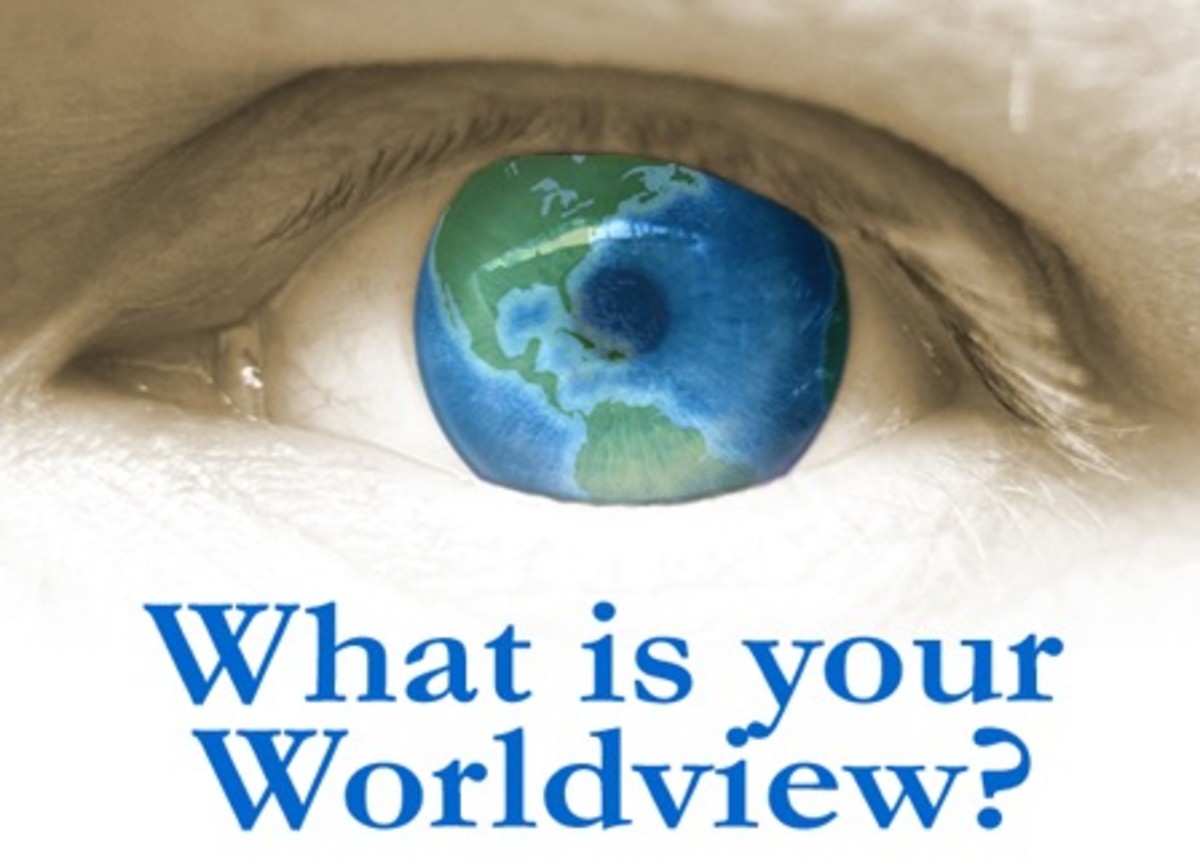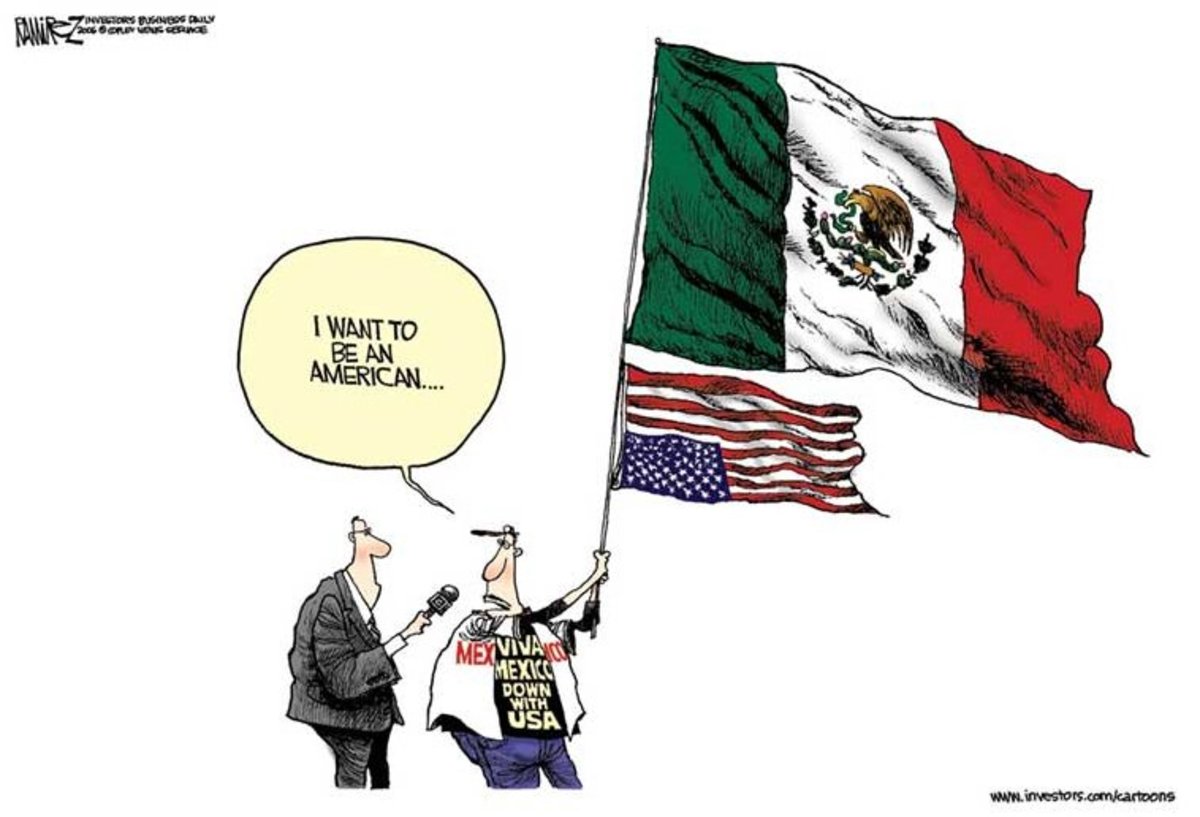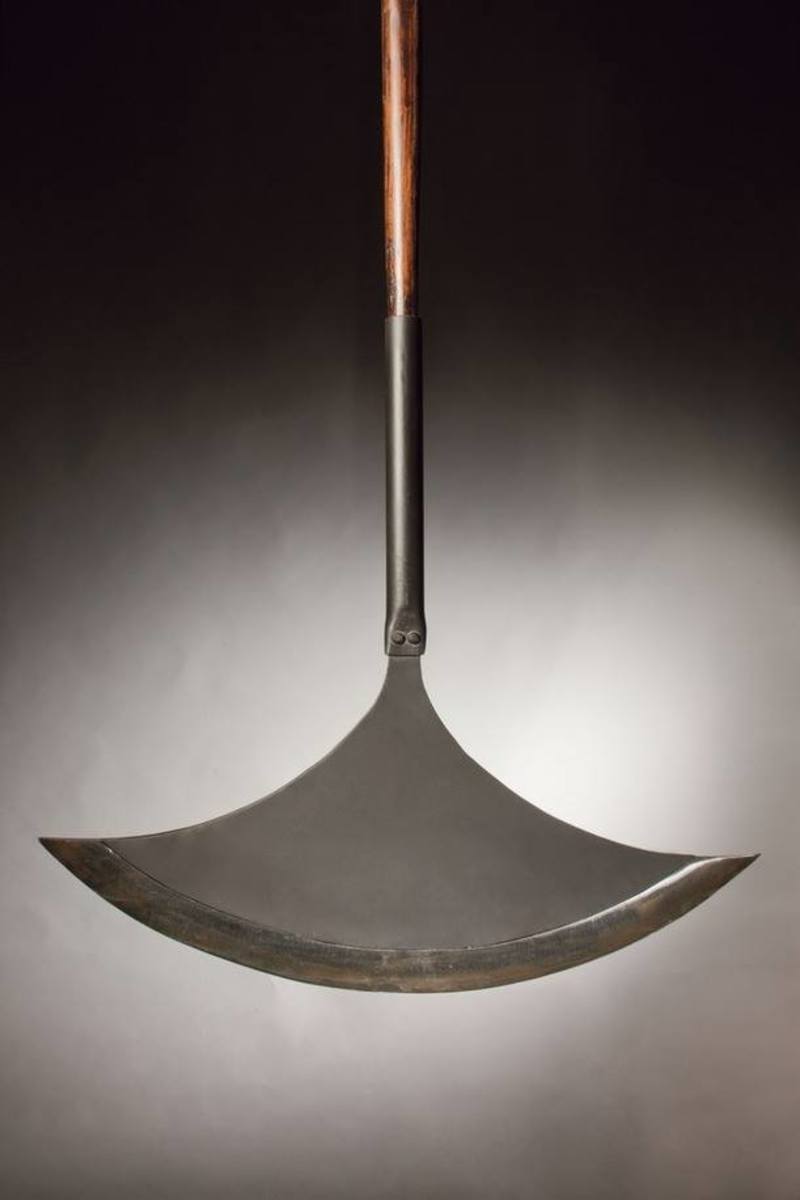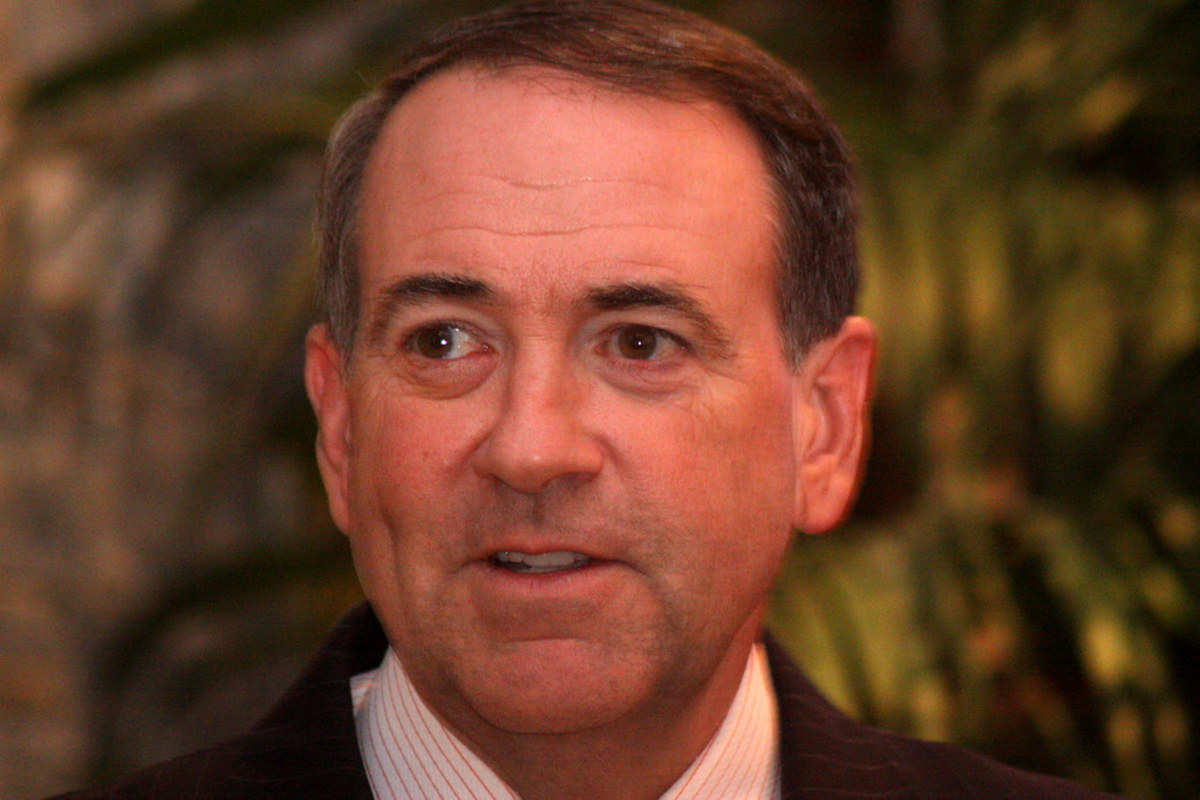Goodbye, California!
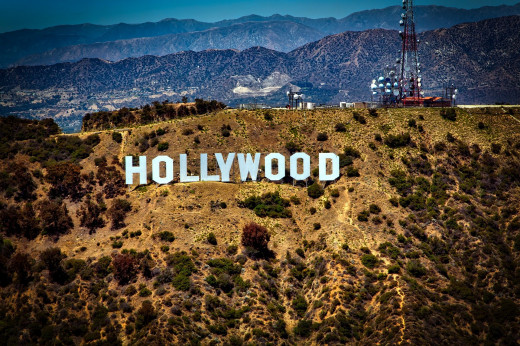
It Has Been a Good Run
I was born in California, and I’ve lived here my entire life (almost 6 decades). Up until recently, that is. I just can’t stand it any longer. Yes, the weather is glorious (who wouldn’t appreciate 72 degrees with a blue sky and white puffy clouds on New Year’s Day?). And, of course, I know the area like the back of my hand. I know, for example, where the “Inland Empire” is, and at least a half dozen ways to get there without looking at a map (involving the 210, 10, 60, 215, 15, or 91 freeways).
Sure I have family and friends here, but truth be told I rarely leave the house to visit them anymore. It’s just too much trouble to navigate the crowded freeways with rude, unskilled drivers and ever present road construction. In recent months I have been trying to “get together” with a couple friends of mine, face-to-face. We always start out with “let’s set a date,” and then various obstacles get in our way. It’s just logistically untenable.
There are also lots of “places to see” and “things to do,” but again, I don’t like to leave the house. Yes, the beach is nice, but I’m really not much of a “beach person.” Even when I lived in Playa del Rey (walking distance to the beach), I rarely went to the beach. After moving inland, it would require a long drive, trying to find a place to park, and fighting with thousands of other sun worshippers just for a tiny spot on the sand. Not worth it. Same goes for most “amusements” available in Southern California. Most involve over-crowding, lack of adequate parking, and the requirement of facing hours in heavy traffic to get there.
Taxes
If you are extremely wealthy, you will be throwing your money away living in California, as the government will try to bleed you dry. More than 60% of a Californian’s income goes to some form of taxes. California taxes or has a fee for everything, and I mean everything! From gasoline, food, water, auto tags, smog checks, luxury taxes, etc., everything is one tax after another.
California has a total states sales and use tax base of 7.5%, however, depending on local municipalities, the total tax rate can be as high as 10%. That’s 10% tagged on to everything you buy. Not to mention that the 2015 tax rates compiled by the Federation of Tax Administrators ranks California as the top taxer with a 12.3 percent rate, unless you make more than $1 million and have to pay 13.3 percent. Now, with the new tax legislation, you will no longer be able to deduct some state and local taxes. It just keeps getting worse.
Housing
Now let’s talk housing. California housing prices are out of control. You could easily spend $650,000 for a small 2 bedroom house. Try finding a house that costs less than $500,000 and you will likely be looking at trailer parks. Also, homeowners have an even higher tax burden because the property taxes are based on the absurdly high house prices.
Renting is not any better, with nice areas staring at $2,000 a month for a small two bedroom. That’s for starters. Then look for rent to go up $100 to $200 every single year. Tag on some of the highest electricity costs in the country (the average residential electricity rate of 15.34¢/kWh in CA is 29.12% greater than the national average residential rate of 11.88¢/kWh.) and even renting is unaffordable for most people. Unless, of course, you are on government assistance. Back to that in a moment.
Illegal Immigration
Yes, the word is “illegal,” not “undocumented.” The illegal immigration population is exploding with a massive influx of 500,000 illegal immigrants per year and 1.1 million foreign children born in the US to these illegal aliens. If you don’t live in California, it’s probably difficult to imagine groups of men standing around by the grocery or hardware store, waiting for “day labor” jobs, or people selling out of food carts like some third world country. But it happens in California every single day.
And remember that only the law abiding citizens will be footing the bill, since illegal immigrants don’t pay taxes. The cost to U.S. taxpayers is over $25 billion dollars a year. Legal taxpayers subsidize their welfare food stamps, section 8 housing, and even spending money so the illegal immigrant population of 10 million illegals can all live for free which the legal citizens slave away and give more than half their income to the state and federal government.
Insanely Overcrowded Roads
There has always been “rush hour” in Southern California. It used to be from around 6 AM to 9 AM, and then again from 3 PM to 6 PM. Now it’s nearly constant. If you are lucky, there might be a “window” from 11 AM to 1 PM, but that is subject to construction and accident delays. Now that illegals have driver’s licenses in California, the gridlock and constant congestion are only intensified. Add to that poor driving skills, and ridiculous habits, such as talking on cell phones (even though that’s illegal). You can almost count on a five to 10 second delay when the traffic light changes from red to green, before the driver in front finishes their text, and starts back up. And yes, it drives me up a wall.
While we’re on the topic of transportation, don’t forget the smog check you must have on your car, higher than average car registration fees, and higher than average car insurance. Add to that the fact that gasoline can cost as much as $1 more per gallon than elsewhere in the USA.
Fees, Fees, and More Fees
If it isn’t a tax, then it’s called a fee. Same difference. And California has a lot of them. Here are only a few examples (not a comprehensive list):
- CRV. California Refund Value (CRV) for every plastic bottle – 5 cents for each container under 24 ounces and 10 cents for each container 24 ounces or greater.
- Lumber. On Jan. 1, 2013 the state started to require buyers of lumber and "engineered" wood products to pay a 1% assessment on the price of such building materials. Retailers and contractors will be required to collect the fee from customers and pass the money, estimated to raise $35 million in the 2013-14 fiscal year, to the California Board of Equalization.
- Paint. Under California law, paint retailers collect a recovery fee of 35 cents for every container of paint that is between half a pint and 1 gallon, 75 cents for 1-gallon paints and $1.60 for paints sold in quantities between 1 and 5 gallons.
- SAFE ($1/$3 for CVRA). Service Authority for Freeway Emergencies fees are used to install/maintain freeway emergency call boxes.
- Air quality ($2–$19). Fees are set by each air quality management district and used to reduce air pollution, plan, monitor, enforce, and conduct studies.
- Auto theft deterrence/DUI ($1/$4). Provides theft prevention education and enforcement of antitheft and driving under the influence (DUI) programs.
- Abandoned vehicle abatement ($1 for CVRA). Removes and disposes of abandoned vehicles.
- Fingerprint ID ($1/$3 for CVRA). Funds local fingerprint identification (ID) programs.
- County transportation project fee (CTPF) ($10). Funds transportation projects/programs.
The Most Restrictive Laws and Regulations
The gun laws of California are some of the most restrictive in the United States. So, you want to buy something for your gun – say a magazine that holds more than 10 rounds. Not in California. The state of California defines a large capacity magazine as “any ammunition feeding device with a capacity to accept more than 10 rounds.”
What about a walking stick with a concealed sword. Most states consider the sword cane as a concealed weapon. So being caught using one, even if you do need a walking stick, will land you a hefty fine or even some jail time. There are state laws that prohibit carrying the same or even owning the same. Case in point is California.
Those are just two very specific examples from my personal experience. I could go on, but I would depress myself further. And new restrictions are being added almost daily.
Public Education
Public education in California is nothing short of horrible. California has the 9th worst school system in the nation, thanks in part to low reading and math test results, a high dropout rate, and an abysmal score (worst in the nation) for the high number of pupils per teachers in our classrooms. Also, the state ranked 49 of 51 for safety, making it the 3rd worst, ahead of Indiana (50) and Washington, D.C. (51). People with the means to do so send their children to private school.
Even private school is not a safe haven any more. SB 1146 has already passed the California Senate and is being considered by the Higher Education and Judiciary Committees of the California Assembly. This bill would limit freedom of religious faith and practice to activities narrowly intended to train pastors and similar vocational church leaders. This means that religious freedom would apply only to the seminary and to undergraduate programs such as Bible and Christian ministry.
Liberal Ideology
Liberal groupthinks such as Hollywood personalities, the ACLU, and Gay/Lesbian/Bisexual/Transgendered/Queer associations rule the roost in California. If you have a conservative viewpoint, your voice will be drowned out. The voters (the people, that is), voted in a ban on homosexual marriage, only to have it overturned by a liberal court. The ultra-liberal government in Sacramento has gone insane. And there is little chance they will change any time soon.
Business
California is the 48th worst state in the union for business (New York and Hawaii are the last two). There continues to be a mass exodus of small businesses to other states, such as Texas and Washington, where small businesses have a fighting chance of succeeding, without being strangled by rules, regulations, and fees.
It may seem like a small thing, but did you know that you can’t go into an auto parts store in California, and have your code read to find out what you need? You can do it virtually everywhere else. Just another restriction.
Crime and Unemployment
Violent crime and gang activity is everywhere. People don’t want to leave their homes at night. Even that doesn’t work sometimes, with small children being killed inside their homes by “stray” bullets from drive-by shootings. Add to that the “sanctuary” cities, where illegals (even violent ones) are not picked up by police, and you have recipe for daily bloodbaths.
As for jobs, in some areas of California, the level of unemployment is absolutely nightmarish. For example, 24.3 percent of the residents of El Centro, California are now unemployed. Worse, this does not represent the real and unpublished unemployment rate, which is as high as 50% in some areas.
Flakes
It’s not really funny, but I once heard a comedian do a routine about his California friend, who was supposed to take him to the hospital for surgery. The day arrived, but the friend didn’t show. He took a taxi to the hospital, and later asked his friend what had happened. All the friend said was, “sorry, I flaked.”
Yes, that is all. I flaked. To be sure, California doesn’t have a monopoly on flakiness. But they sure do take it to a new level. And it doesn’t just hurt interpersonal relationships. It hurts business as well, because buyers and sellers alike will flake on you at a moment’s notice. You have been warned.
Plastic Bags
California has now banned carry-out plastic bags statewide. It took place immediately after Election Day, catching many consumers off guard. You now will have to pay 10 cents per bag, or bring your own.
Okay, I agree that people are pigs, and too many plastic bags end up as litter. However, when you look more closely at the science behind it, paper bags actually have a larger carbon footprint to produce and transport. So, it's just another way to charge the consumer. Also, those 10 cent bags are still going to end up as litter. So what has California really accomplished?
Other Points of View
Do you think I'm being unfair and overly critical? Well, my article pales in comparison to what others have said on the topic.
One case in point:
Oh, the hypocrisy of it all.
Goodbye
So, goodbye California. Nice to know you. I may come back and visit, but I won’t live there anymore. It was a good run, as I said. Fortunately, with technology the way it is today, I will be in just as close contact with friends and family as I have been. And I’ve gotten out before “the big one” comes (earthquake, that is).
I will end with one of my favorite sayings about working in Los Angeles. What is the best view of downtown Los Angeles? In the rearview mirror!
What do you think about living in California?
This content is accurate and true to the best of the author’s knowledge and is not meant to substitute for formal and individualized advice from a qualified professional.
© 2016 Carolyn Fields

